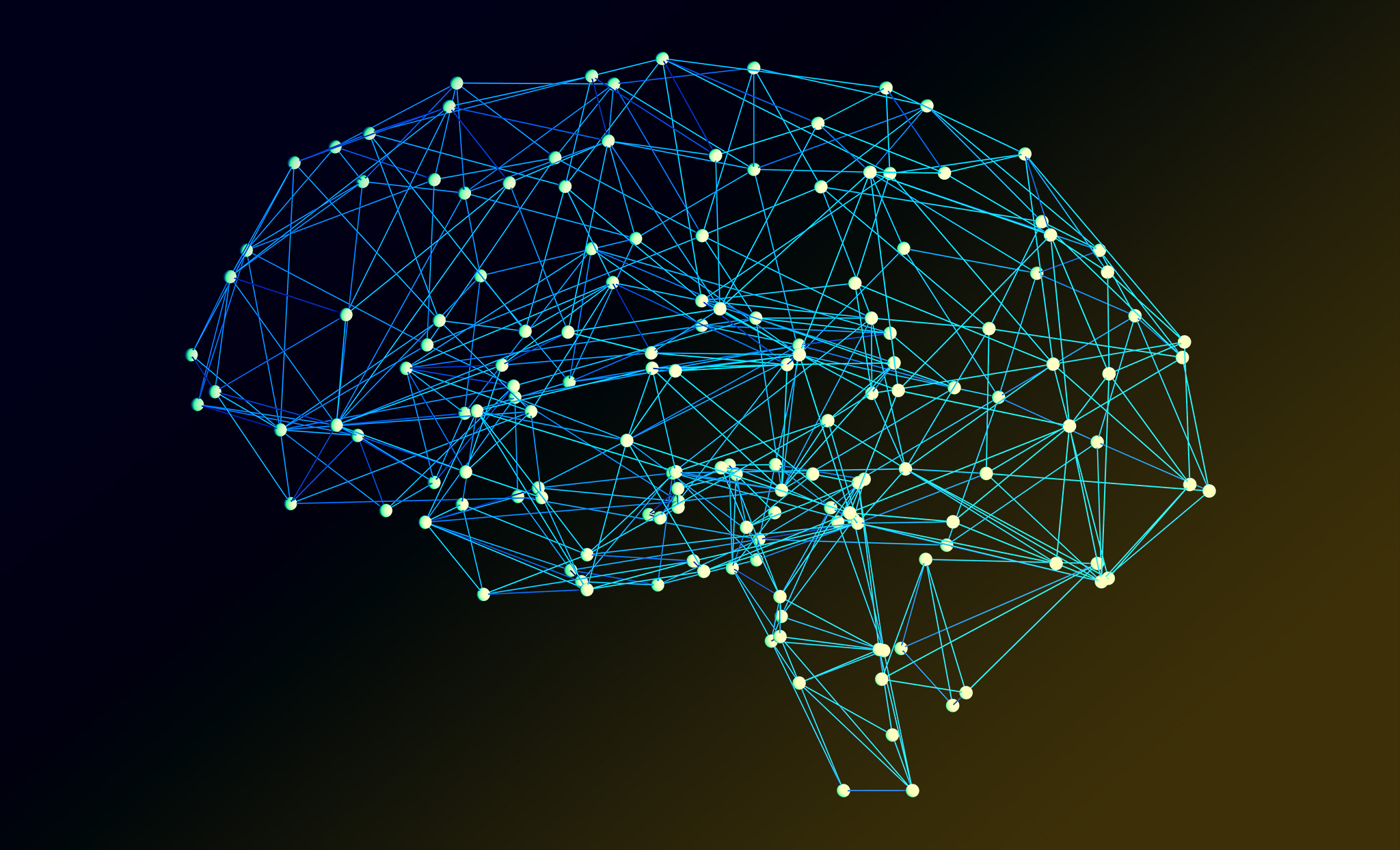Neuromorphic hardware: Inspired by the human brain
Enter neuromorphic hardware: energy-efficient chips designed especially for Edge AI will serve as the foundation for this technology. The structure of this hardware (morphology) is inspired by biological neural systems, whose complexity ranges from the simple nervous systems of mollusks to those of the human brain and can ultimately teach us a great deal about efficiency. Researchers examine and analyze these neural systems and then use mathematical models to express the way they communicate with each other. Although the communication pathways in the brain and other neural systems cannot be directly translated into electronic circuits, these mathematical models provide the basis for the required energy-efficient circuits.
Neuromorphic hardware: Different ways to the same destination
There are different design choices to be made when developing neuromorphic hardware. One is to design the hardware as an analog system – bio-inspired – or to imitate the structures and processes digitally. Another is to use deep learning or spiking neural networks. Deep learning is already widely used in artificial intelligence, especially in image recognition. In contrast to the typical neural networks used in deep learning, spiking neural networks (SNNs) imitate the way biological neurons communicate by firing only short pulses (“spikes”) to convey information to other nerve cells. This results in faster and more energy -efficient data transmission and processing. While the average PC relies on a central processor, neuromorphic chips profit from simple computing units working in parallel.
How the different approaches can be combined – such as digital deep learning or analog spiking neural networks – depends on the application in question. Fraunhofer IIS researchers offer a breadth and depth of expertise in the majority of these neuromorphic hardware paradigms, which paves the way for incorporating AI directly into devices for a wide variety of applications, such as manufacturing and mobility, without requiring a connection to the cloud.
